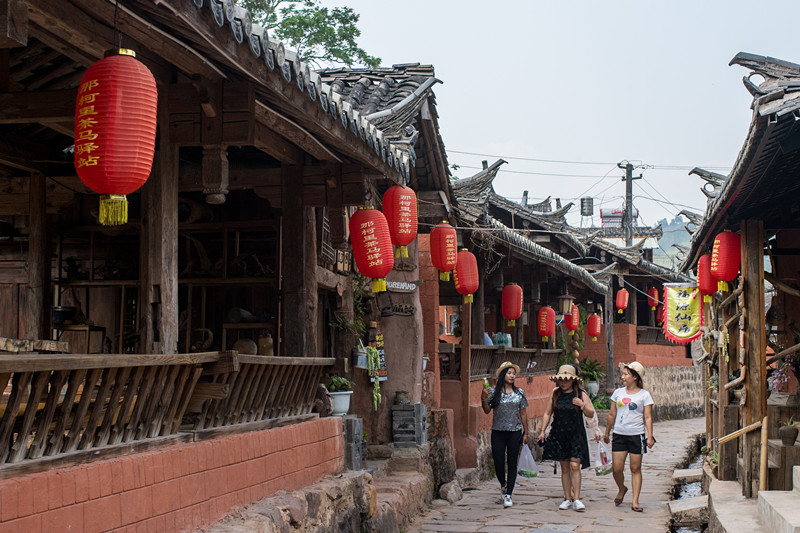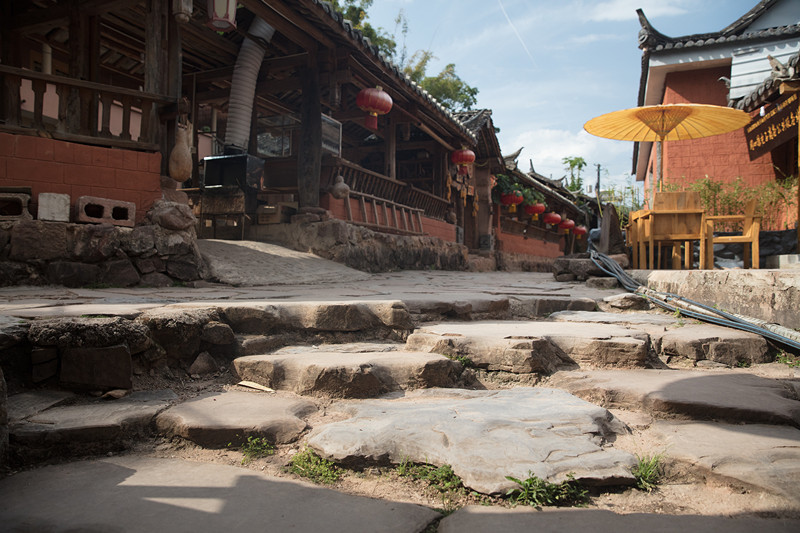The Ancient Tea and Tea Horse Road in Puer City
The Ancient Tea and Tea Horse Road in Puer City
The Tea Horse Ancient Road in Ning’er County
The Tea Horse Ancient Road in Ning’er County spans towns like Ning’er Town, Mohei Town, Dehua Township, and Tongxin Township within Ning’er Hani and Yi Autonomous County, Pu’er City. Named after the Tang and Song Dynasties’ “Tea Horse Trade,” this ancient transportation route originated from Puer Prefecture (now Ning’er County). It played a crucial role in transporting Pu’er tea domestically and internationally, evolving from the ancient “Southern Silk Road” through various historical periods.
Historical Significance and Development
Since its establishment during the Qing Dynasty in 1729 AD, Puer Prefecture has been pivotal in the development of the Tea Horse Ancient Road, boasting a history of 280 years. This route facilitated trade and cultural exchange across southern Yunnan and beyond, contributing significantly to regional unity and economic prosperity.
Preserved Sections of the Road
- Tea An Tang Tea Horse Ancient Road Site
- Located approximately 12 kilometers long, paved with variously shaped mountain stones, and featuring visible horse hoof prints along its 2-meter-wide path.
- Kongqueping Tea Horse Ancient Road Site
- Extending approximately 27 kilometers, paved with limestone, gravel, and other stones, showcasing the road-building techniques of ancient times.
- Nakeri Tea Horse Ancient Road Site
- Approximately 30 kilometers in length, paved with stone slabs and gravel, 1.5-2 meters wide, and notable for its winding stone steps. It served as a crucial route for tea horse posts from southern Yunnan to northern regions.
- Gypsum Well Tea Horse Ancient Road Site
- Spanning around 8 kilometers and paved with gravel, this section is approximately 2 meters wide.
- Shiya Po Tea Horse Ancient Road Site
- Approximately 6.5 kilometers long, featuring a well-preserved stone-lined section of about 500 meters, with a width of approximately 2.6 meters. This segment is currently the widest discovered part of the Tea Horse Ancient Road.
Cultural and Economic Impact
Ning’er is celebrated globally as the origin and distribution center of “Pu’er Tea,” deeply intertwined with the historical legacy of the Tea Horse Ancient Road. This route served as a vital lifeline for southwestern China’s diverse ethnic groups, fostering economic prosperity, cultural exchange, and regional unity.
Research and Cultural Value
The Tea Horse Ancient Road holds immense historical and cultural significance, offering valuable insights into ancient trade routes, cultural exchanges, and the development of regional identities in China’s history.
















